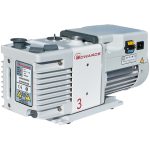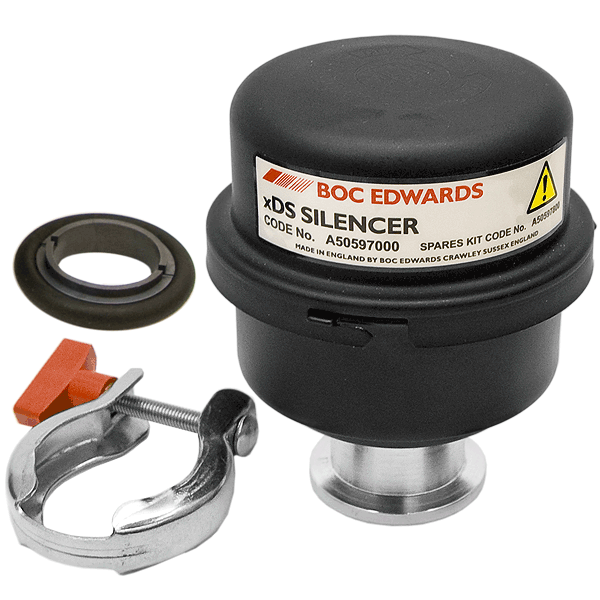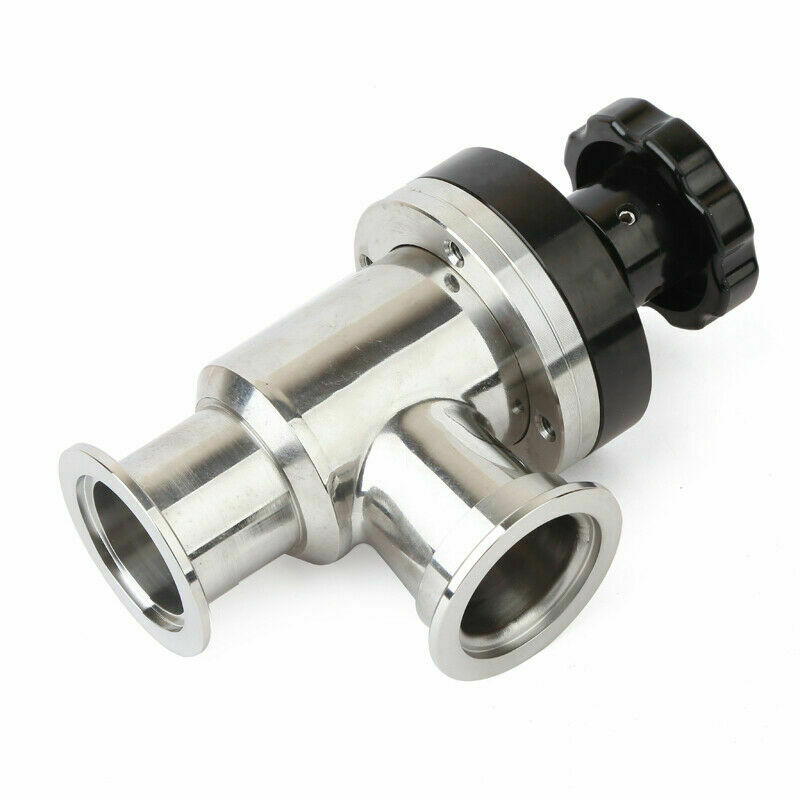
How to Choose Vacuum Pump Correctly?
SaveSavedRemoved 0
Deal Score0
When selecting the vacuum pump, the following matters shall be noted:
- The working pressure of vacuum pump should meet the requirements of limit vacuum and working pressure of vacuum equipment. For example, vacuum coating requires a vacuum degree of 1 × 10-5mmhg, and the vacuum degree of the selected vacuum pump shall be at least 5 × 10-6mmhg. Generally, the vacuum degree of the pump is half to one order of magnitude higher than that of the vacuum equipment.
- Select the working point of vacuum pump correctly. Each kind of pump has a certain working pressure range, for example: the diffusion pump is 10-3 ~ 10-7mmhg. In such a wide pressure range, the pumping speed of the pump changes with the pressure, and its stable working pressure range is 5 × 10-4 ~ 5 × 10-6mmhg. Therefore, the working point of the pump should be selected within this range, and it cannot be allowed to work for a long time under 10-8mmhg. Another example is that titanium sublimation pump can work at 10-2mmhg, but its working pressure should be less than 1 × 10-5mmhg.
- Under its working pressure, the vacuum pump should be able to discharge all the gas produced in the process of vacuum equipment.
- Combine the vacuum pump correctly. Because of the selective pumping of vacuum pump, sometimes selecting one pump can not meet the pumping requirements. Several pumps need to be combined to supplement each other to meet the pumping requirements. For example, the titanium sublimation pump has a very high pumping speed for hydrogen, but it can’t pump helium, while the three pole sputtering ion pump (or the two pole asymmetrical cathode sputtering ion pump) has a certain pumping speed for argon, and the combination of the two will make the vacuum device get a better vacuum degree. In addition, some vacuum pumps can’t work under atmospheric pressure and need pre vacuum; some vacuum pumps need pre stage pumps because the outlet pressure is lower than atmospheric pressure, so they need to be combined for use.
- Requirements of vacuum equipment for oil pollution. If the equipment is strictly oil-free, various oil pumps should be selected, such as: water ring pump, molecular sieve adsorption pump, sputtering ion pump, low temperature pump, etc. If the requirements are not strict, oil pump can be selected, and some anti oil pollution measures, such as cold trap, baffle, oil trap, etc., can also meet the requirements of clean vacuum.
- Know the composition of the extracted gas, including no condensable vapor, particle dust, corrosiveness, etc. When selecting a vacuum pump, it is necessary to know the gas composition and select the corresponding pump for the extracted gas. If the gas contains steam, particles and corrosive gas, auxiliary equipment, such as condenser, dust remover, etc., shall be installed on the air inlet pipeline of the pump.
- How does the oil vapor discharged from the vacuum pump affect the environment. If the environment is not allowed to be polluted, the oil-free vacuum pump can be selected, or the oil vapor can be discharged to the outdoor.
- Whether the vibration produced during the operation of vacuum pump affects the process and environment. If the process is not allowed, the pump without vibration shall be selected or anti vibration measures shall be taken.
- Price, operation and maintenance cost of vacuum pump






